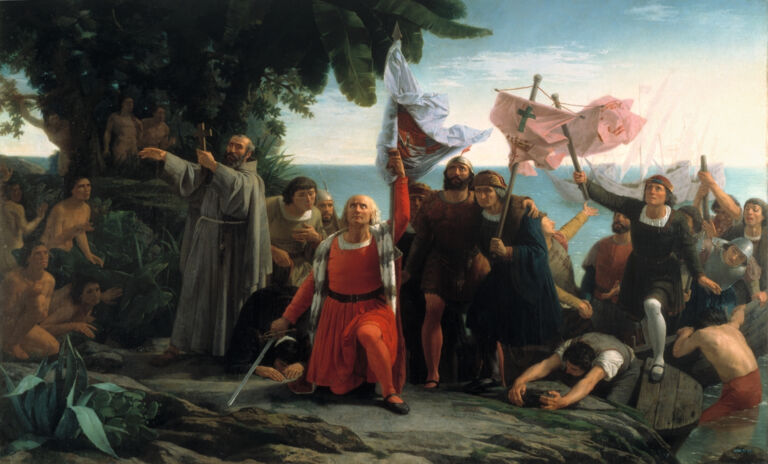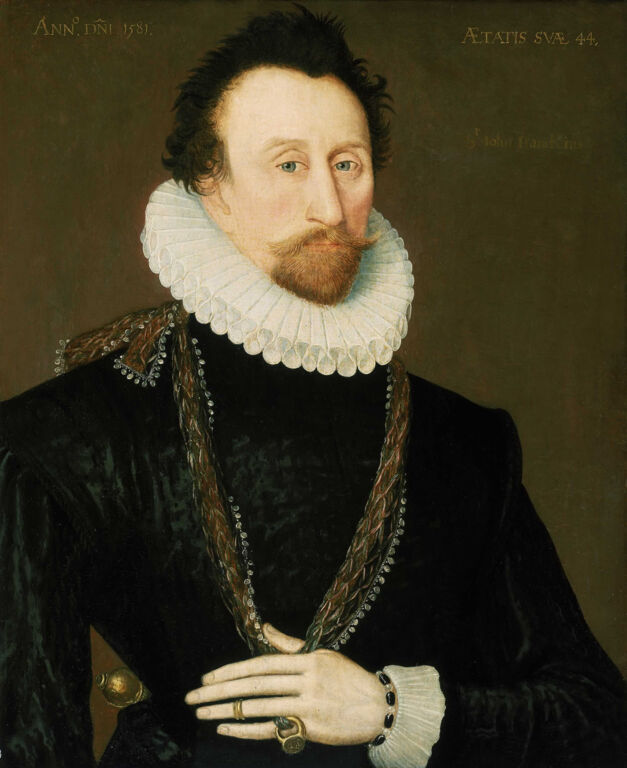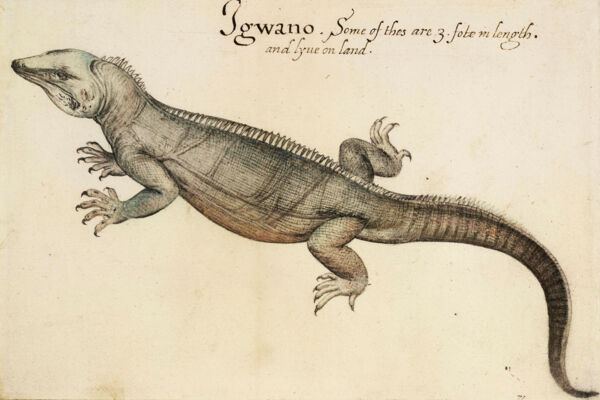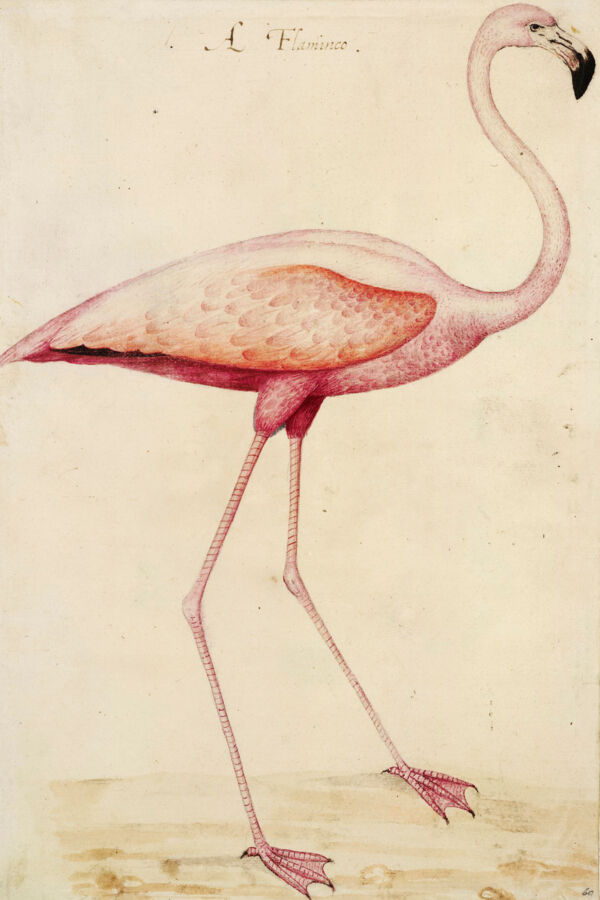The History of Columbus and 16th-Century European Explorers in the Turks and Caicos
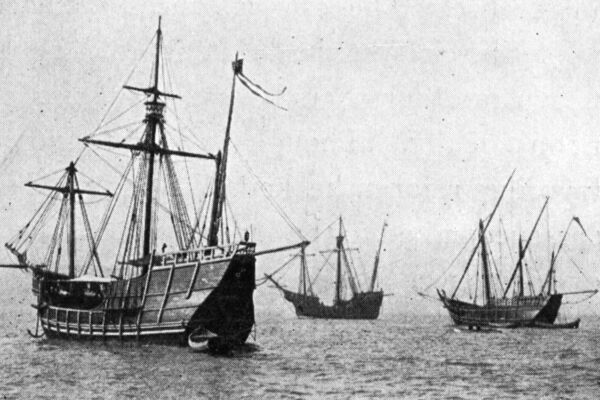
The next chapter in Turks and Caicos history, after the Lucayan epoch, is the expansion of Europeans into the Americas and the Age of Discovery. Due to the North Equatorial Current, the Turks and Caicos was at the forefront of newly found lands, and was likely encountered by several famous explorers.
Christopher Columbus and First Landfall in the New World
There are several defensible theories on where Columbus first made landfall in the New World on his initial voyage, and the Turks and Caicos is definitely a possibility. Accounts of the first voyages are surprisingly vague (historians still do not know what the real names of Columbus’ ships were), so positive identification of the first point of landfall may never be definitively proven. In any case, the accounts of the islands, terrains, and harbors that were recorded match the description and location of Grand Turk and the islands.
Many books and documentaries have been theorizing on the point of first landfall, and such a discussion is far too involved for this article. As it stands, there was sufficient persuasion to convince the local government to name the large protected area on the western side of Grand Turk the Columbus Landfall National Park, and the deep channel between the Turks Islands and the Caicos Islands is commonly referred to as the Columbus Passage.
The Pinzón Brothers
Two of the three vessels (the ships today known as La Pinta and La Nina) in Columbus’s first voyage to the Americas were commanded by brothers Martin Alonso Pinzón and Vincente Yáñez Pinzón. There were constant disagreements between Columbus and the Pinzón Brothers, with one of the more significant results being La Pinta without notice abandoning the fleet and looping back to the Turks and Caicos and Hispaniola to search for gold. Today, the easternmost island in the country is referred to as Martin Pinzón Cay.
After Columbus’s voyages, the Turks and Caicos began a period that saw the rapid disappearance of the Lucayan people, likely primarily due to the slave trade, which may have operated to some extent from the Spanish settlements of Puerto Plata and Isabella on nearby Hispaniola. For about thirty to fifty years in the early 1500s, the Turks and Caicos was likely uninhabited.
Juan Ponce De Leon
In the very early 1500s, famous Spanish explorer and conquistador Ponce De Leon, who was governor of Hispaniola at the time, is also known to have made a stop in the Turks and Caicos, and likely made many.
In 1509, King Ferdinand gave formal permission to enslave the indigenous Lucayan peoples in the Bahamian Archipelago, which was the primary contributing factor to the rapid disappearance of the Lucayans. In 1512, Ponce De Leon pursued the settlement of the islands to the north of Hispaniola, as well as initiated the search for the legendary Fountain of Youth. The quest began by finding a Lucayan who could offer guidance, and nearby Grand Turk was searched. On the island, which once supported at least one Lucayan settlement, they could only find one old man, which resulted in the island being referred to as Del Viejo (Island of the Old Man) by the Spanish for centuries after.
John Hawkins
John Hawkins was the first known English visitor to the Turks and Caicos, when he made a stop traveling back to England from Hispaniola in 1563. The initial intentions of his voyage, unfortunately, were likely primarily driven by the slave trade rather than discovery and exploration, as he first sailed to Sierra Leone, where 300 African slaves were purchased. He then navigated to Hispaniola to sell the slaves to Spanish sugar cane plantations.
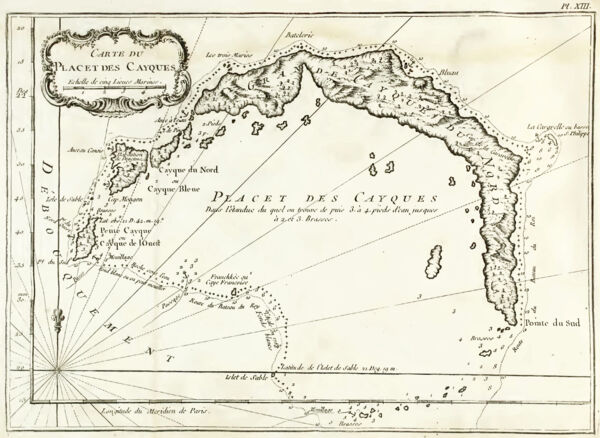
Sir Walter Raleigh, Richard Hakluyt, and Sir Richard Grenville
Sir Walter Raleigh, the famous English explorer and historian of the Elizabethan era, was a strong proponent of colonization and discovery. He and his cousin Sir Richard Grenville urged Queen Elisabeth I to commission expeditions to the Americas in 1584, which led to an initial voyage led by Philip Armadas and Arthur Barlowe. This trip did travel past the Turks and Caicos on their way to the North American mainland, where they later reached Cape Hatteras.
After their return to England and upon the news and promising report of this first trip, in 1585 a colonizing expedition with five ships and 500 men was organized under the command of Sir Richard Grenville. Accounts suggest that after contact at Puerto Rico, they sailed to Hispaniola, and then on to Big Sand Cay in the Turks and Caicos. Near Big Sand Cay, they apparently hunted manatees. Afterward, they traveled to either Salt Cay or one of the Caicos Islands to look for salt, and then onto Grand Turk, before continuing up the Bahamian Archipelago to Virginia, where the Roanoke Colony was established.
Captain John White
After the initial failure of the first ‘Lost Colony’ attempt at Roanoke, a second expedition to Virginia was organized by Sir Walter Raleigh, with three ships and 150 men led by Captain John White, and White sailed in April of 1587.
Captain John White made a stop at West Caicos, with the intention of gathering salt, which they probably didn’t find in quantity due to the time of year. The crew did capture ‘swanees’ for food, which were likely flamingos. He departed West Caicos with the ‘good hope that the first land that we see next should be Virginia’.
Captain John White’s Sketches
One interesting observation that could be made is that many of the famous illustrations created by Captain White are of creatures that were likely to be encountered and easily approached in the Turks and Caicos, including the giant blue land crab, hermit crab, iguana, sea turtles, Caribbean scorpion, and Caribbean flamingo. He may have done some of these while his crew was searching for salt!
The Turks and Caicos into the 1600s
After the early days of discovery by European explorers, the Turks and Caicos didn’t see much in the way of visits or continual habitation until roughly the 1600s and the beginnings of the Bermudian sea salt industry, other than occasional vessel stopovers for water and the collection of naturally occurring salt, or temporary occupations by pirates and buccaneers.

